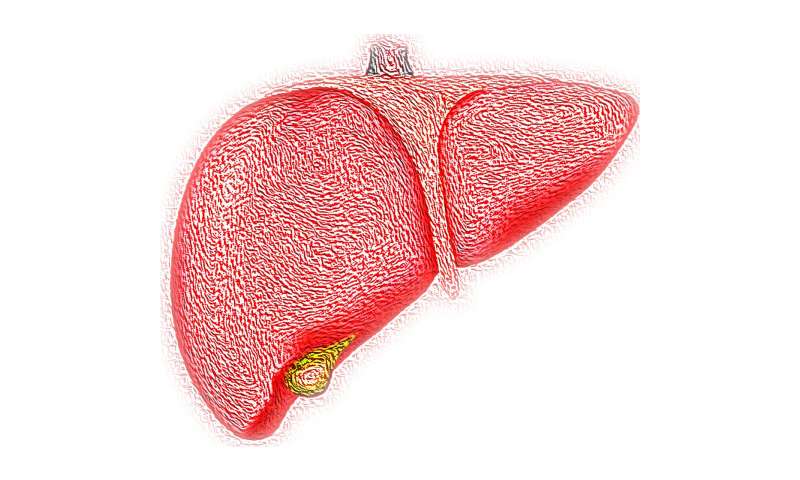Q&A: Y-90 therapy offers many benefits in treatment of liver cancer


My father has had chronic liver disease. Recently, he was diagnosed with liver cancer. His doctor mentioned Y-90 as one treatment option. What is Y-90, and is it safe?
Chronic liver disease is the most common risk factor for the development of liver cancer, and patients frequently face both conditions at the time of diagnosis. This presents a therapeutic challenge, as the tumor and the underlying liver dysfunction threaten patients’ health and may limit their ability to be candidates for curative treatments.
The gold standard of therapy for patients with localized disease and preserved liver function is surgical removal of the tumor. But some patients may have insufficient liver remaining after the operation. This places them at risk of liver failure. Liver transplantation offers the advantage of addressing the tumor and the underlying liver disease by replacing the affected organ with a healthy donor graft. But transplant is only available to patients with just a few small tumors who meet transplant criteria.
Another standard treatment for early liver cancer is thermal ablation, which is the controlled destruction of tumor by using probes that heat or cool tumors. The success of this therapy can be limited to smaller lesions in favorable locations within the liver.
Patients who are not candidates for surgery or ablation are commonly offered transarterial therapy, in which treatments are administered directly to the tumor from its blood supply, and systemic therapy, which is medicine that treats the whole body.
Radioembolization is a form of transarterial therapy in which small radioactive particles are administered directly into the blood vessels supplying the liver. There they accumulate inside tumors and emit radiation to suppress tumor growth. These radioactive particles contain yttrium-90, also referred to as Y-90, which radiates less than half an inch into adjacent tissue and limits the amount of liver exposed to radiation. Radioembolization is an outpatient treatment performed by an interventional radiologist with training in interventional oncology. The treatment is commonly performed with sedation and local anesthesia.
In the past, radioembolization was used for patients with liver cancer who had not responded to other treatments and had severe disease. Since it was customary to treat large portions of the liver, the dose of radiation had to be reduced to prevent liver damage.
Over the last decade, radioembolization has been found to be even more effective in treating early-stage liver cancer, where smaller volumes of liver are treated with significantly higher doses of radiation. This treatment generates improved tumor response with minimal normal liver injury.
Given the ability of the liver to regenerate, radioembolization has been found to treat tumors while simultaneously shrinking the volume of liver that a surgeon would remove—all while inducing growth of the liver that will remain in the patient after surgery. As a result, patients who previously would not have tolerated removing the portion of liver bearing tumor became surgical candidates.
The current practice of radioembolization is focused on sparing normal liver tissue from radiation while providing the highest radiation doses possible to liver cancers. As a result of this evolution, radioembolization has become one of the safer liver cancer treatment options. Another benefit is in the minimal number of treatments when compared to other transarterial therapies.
Most patients with solitary tumors undergo a single treatment session. The high degree of tumor control afforded by radioembolization also maintains patients who are listed for liver transplantation within criteria, particularly those who travel for destination care. Radioembolization also has been shown to be safe in combination with systemic treatments for cancer, such as immunotherapy. In summary, when provided by experienced programs, radioembolization can provide safe and effective treatment for select patients with liver cancer.
Source: Read Full Article